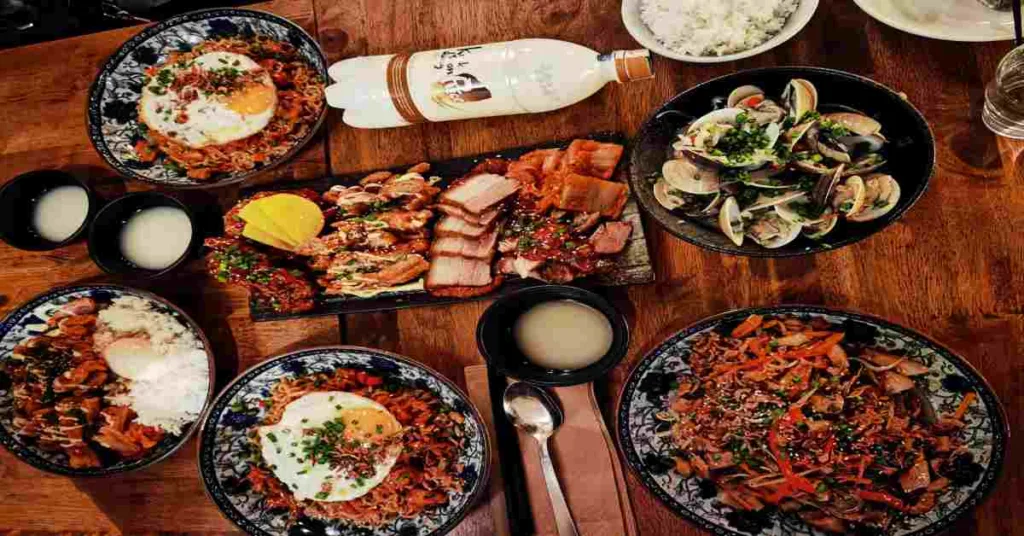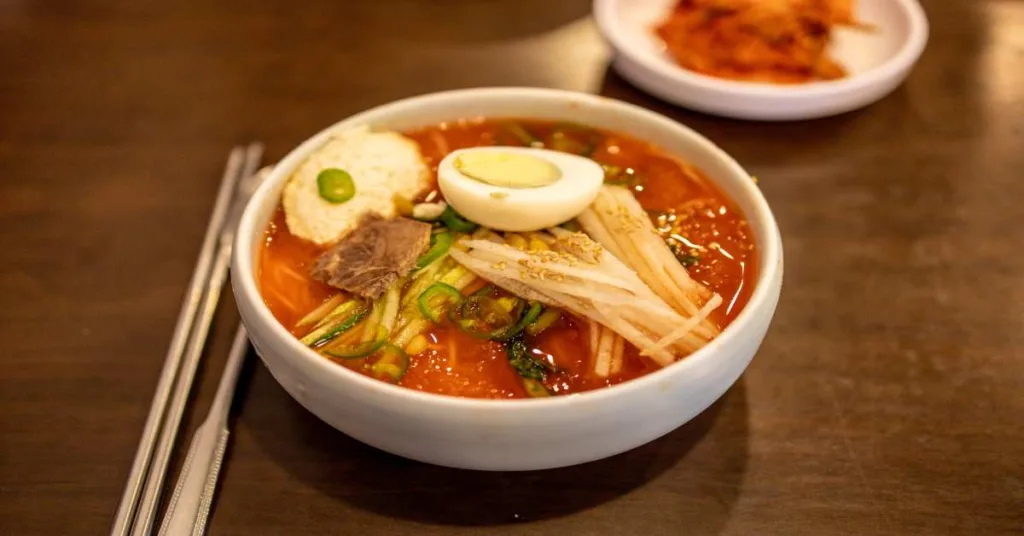As much a symbol of Beijing as the Forbidden Palace or the historic hutong streets is the Peking Roasted Duck, one of the greatest delicacies in the world. But surprisingly, it’s a culinary outlier in this arid, northern metropolis. The watery Jiangnan region near Shanghai is home to the majority of China’s iconic duck dishes, where ducks swim in paddy fields and ponds. Also, appear in delicacies like Nanjing saltwater duck and Hangzhou duck soup. For further information, read more!
History of Roasted Peking Duck
The dish originated in the 13th century in Hangzhou, near Shanghai. The roasted duck was one of the cooked delicacies supplied door-to-door by street vendors. Then, became a specialty of neighboring Nanjing, the Ming dynasty’s first capital.
Roasted duck allegedly arrived in the city after 1420, when the Yongle emperor relocated his capital to Beijing. It was originally called ‘Jinling roasted duck’. Throughout time, chefs in Beijing cultivated a local breed that became noted for its white feathers and thin skin.
In the early days, the bird was roasted on a huge fork on the open fire, said Beijing chef Ai Guangfu. Nevertheless, in Nanjing, the capital of the south, they started roasting them in a menu (an enclosed oven).
During the Qing era, chefs began roasting their ducks in a ‘hanging oven,’ known as a gualu. Then, allowed them to cook the birds one at a time, to order. This innovative approach quickly surpassed the menlu and has become synonymous with the best Peking roasted duck. Chefs painstakingly tend to the birds, rotating them until each is precisely cooked. A much more exact and convenient procedure than batch-roasting the menlu.
The Dish
Ingredients: duck, sauces, light pancakes, and sliced cucumbers
Where: Northern Chinese cuisine that originated in Beijing
Taste: Roasted beef with a tantalizing combination of sweet, crispy skin. Best enjoyed: as a delicacy with a long history and delicious flavor.
Many people believe that there are just two activities you must do in Beijing. One is Climbing the Great Wall of China and other is to eat Peking Roasted Duck. The fabled Peking Duck, which was once restricted to the palace’s cooks. Now available in tens of thousands of restaurants in Beijing and worldwide.
A fascinating stage in the preparation of the Peking Duck is; the injection of air into the duck to remove the skin from the fat. It is then hung to dry in the open air before roasting in an oven until the outside is crispy and the inside is luscious.
Thin, well-cut slices of Peking Duck are always presented. The whole duck is then divided into 120 pieces before being served. Serve with light pancakes, sliced cucumbers, and a range of sauces that match the dish perfectly.
How to choose Peking duck?
Peking, often known as Long Island ducks, is widely accessible in stores, affordable, and simple to prepare. The soft breast should be sautéed, while the muscled legs are then braised.
Significance!
The preparation of the traditional Peking duck meal necessitates a thorough understanding of an age-old technique. This Chinese meal was prepared in the same way since the Imperial era and is a vital cultural cornerstone. As a result, the Peking Duck process, which includes acquiring the meat, marinating, roasting, and serving the duck, is critical.
The crisp skin mixed with the proper fat-to-meat ratio is also recreated using any form of shortcut. Far too many people were being fed a subpar product, and the difference between commercially produced Peking duck and the truly cooked dish is stark.
How to prepare this recipe?
For 4-6 persons
It takes 2 hours 15 minutes (plus at least 4-5 hours drying time)
Ingredients
Entire duck (1.6-1.8kg), fresh or frozen
For the lemon honey syrup
1 lemon
3 Tablespoon honey
3 Tablespoon dark soy sauce
150ml Shaoxing rice wine or dry sherry
To serve
Served with 24 spring onions,20 Chinese pancakes,6 tbsp hoisin sauce or sweet bean sauce
You’ll need
A meat hook
Method
- Thaw the duck completely. Put a meat hook towards the neck of the duck.
- Cut the lemon into slices with a sharp knife, leaving the rind on. Combine the lemon slices with the remaining honey syrup ingredients and 1.2 liters of water in a big saucepan. Bring the mixture to a boil, then reduce to low heat and leave to simmer for around 20 minutes.
- Pour the liquid over the duck with a large spoon, until the skin is fully coated. Hang the duck over the roasting pan.
- Dry for at least 4-5 hours, and longer if feasible, in a cool, well-ventilated environment.
- Preheat the gas oven to 240°C with a fan or 220°C. Place the duck breast side up on the roasting rack.
- pour 150 ml of water into the roasting pan (this will prevent the fat from splattering).
- Reduce the temperature to 180°C, 160°F fan.
- After 15 minutes, and roast the food for an additional 1 hour and 10 minutes.
- After removing the duck from the oven, give it at least 10 minutes to rest. After carving the duck with a cleaver or sharp knife, place the pieces on a warm serving plate.
- Serve alongside the Chinese pancakes, hoisin sauce or sweet bean sauce, and spring onion brushes.
How to serve?
Traditionally, Peking Roasted duck goes well with:
- Hoisin sauce, scallions sliced into brushes, and thin wheat-flour pancakes.
- Steam wheat-flour “lotus buns” are also serve alongside the skin as a sandwich.
- As a second entrée, the duck meat sliced up and served with vegetables, followed by a soup of duck bones with celery cabbage.
- Typically, Peking duck is served in restaurants due to its intricate preparation.

